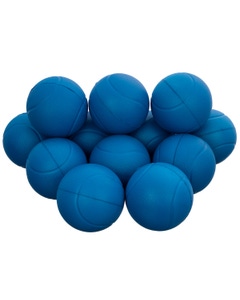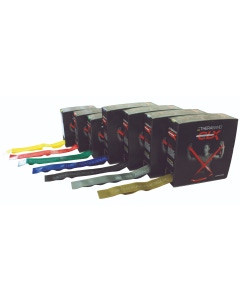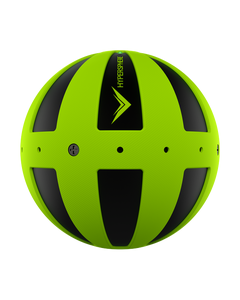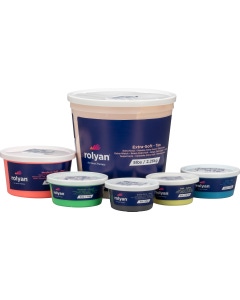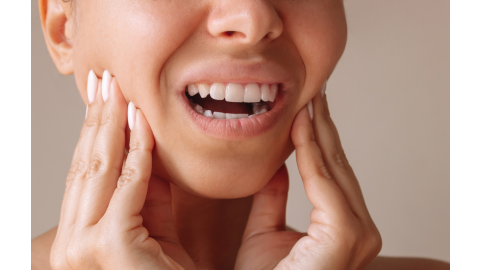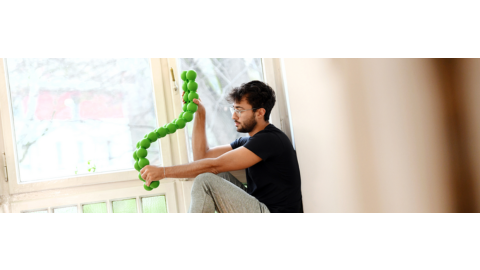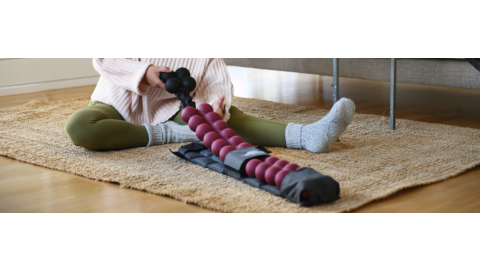Are you feeling stressed out due to too much work and pressure in the office or at home?
Try one of these seven simple ways to reduce your stress and increase your relaxation. Many of the recommendations are based on research. If one option doesn’t work for you, try another!
Key Takeaways
- There are a variety of tools and methods to help reduce stress.
- Prioritize your commitments to make room for stress-relieving activities.
- If one kind of stress relief doesn’t work for you, that’s okay! Try different kinds of stress relief to find the right fit for you.
Table of Contents
Mindfulness Meditation
Fidget Tools
Aromatherapy
Exercise
Laughter
Massage
Prioritization
Top Products in This Article
Mindfulness Meditation
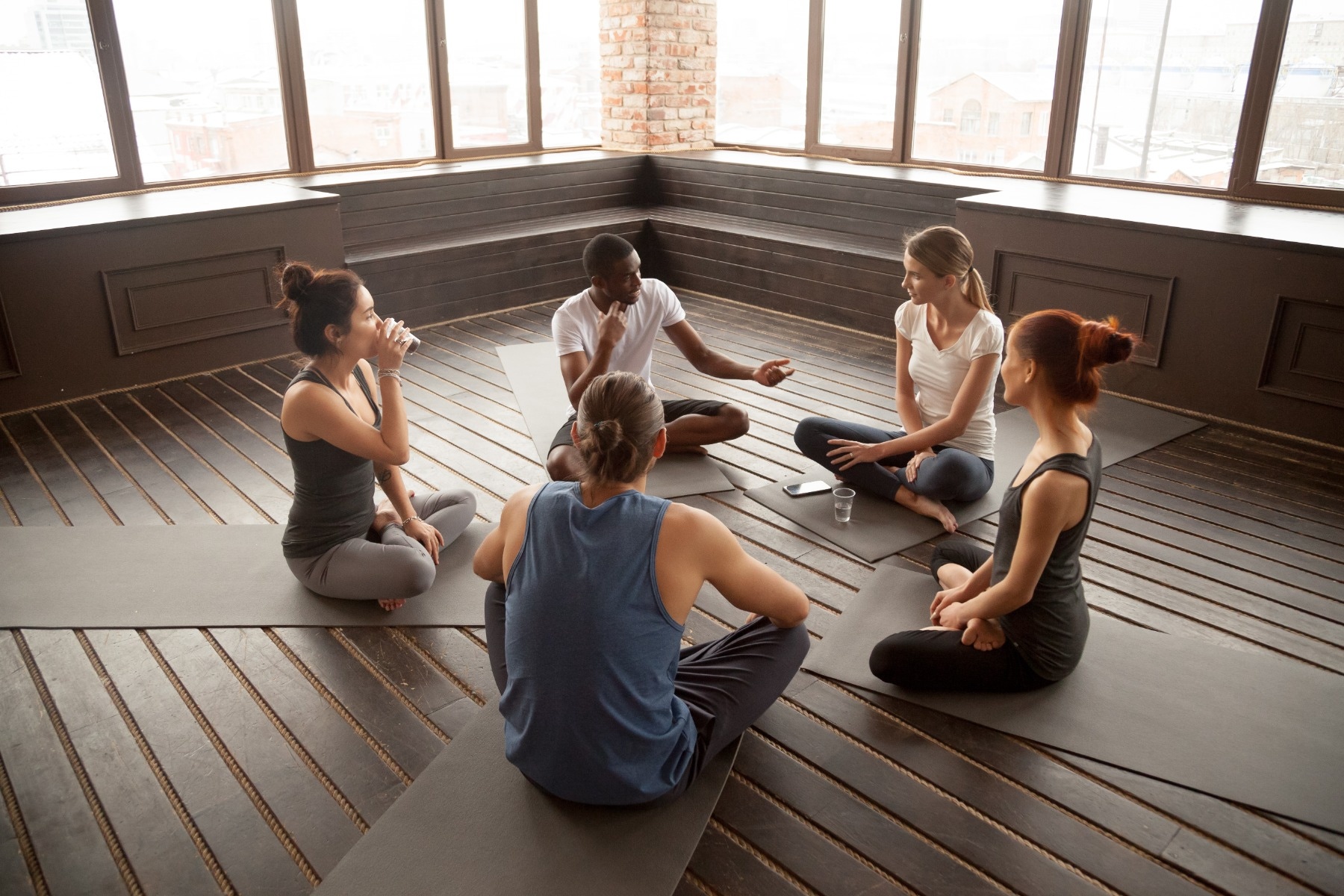
What is mindfulness meditation?
Mindfulness meditation is a mental exercise that focuses your mind on your experience (emotions, thoughts, sensations, etc.) in the present. It may involve breathing practice, mental imagery, muscle relaxation, and body and mind awareness.
What does the research say?
One study on mindfulness-based stress reduction reviewed current mindfulness research and found both mindfulness-based stress reduction (MBSR) and mindfulness-based cognitive therapy (MBCT) have broad-spectrum antidepressant and antianxiety effects. MBSR also helps with psychological health and stress management.1
How do I get started?
- Find a quiet place in your home and sit on a solid seat.
- Cross your legs in front of you, if you’re sitting on the floor. If you are on a chair, make sure the bottom of your feet are touching the floor. Sit with your back straight, but not stiffened.
- Keep your upper arms parallel to your upper body with your hands resting on your thighs. You can close your eyes or focus on a focal point.
- Relax and breathe normally.
- If your attention wanders (and it will!), observe where your mind went and return to your breathing.
- After a few minutes, sit and become aware of where you are, pause, get up slowly, and continue your day.
- Gradually increase how long you practice mindfulness meditation each day.
Fidget Tools
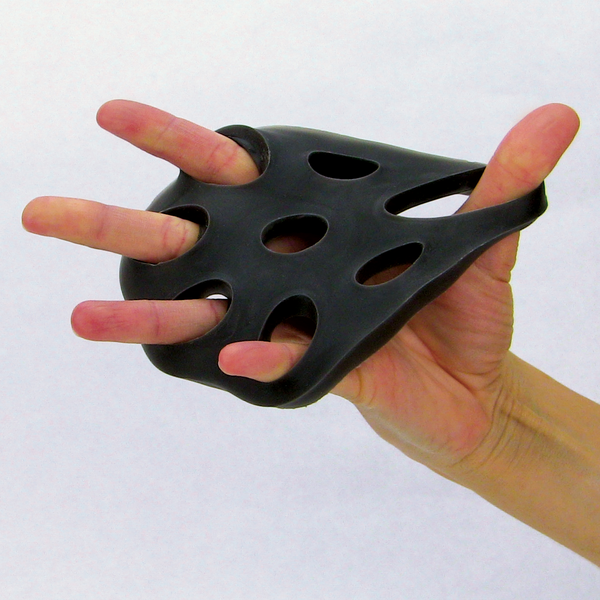
What is fidgeting? What are fidget tools/toys?
Fidgeting involves making small movements, usually with your hands and feet. Everyone fidgets. You might tap your pen while working or bounce your leg during meetings or twirl your hair while talking on the phone or bite your nails.
Fidget tools, also known as fidget toys, give you another option for fidgeting. They can be less annoying to other people who are nearby compared to clicking pens and a better habit than biting your nails. In addition to easily available objects, like paper clips or headphones, you can buy specialized fidget tools.
What does the research say?
Fidgeting is typically a response to stress or boredom. Anxious fidgeting uses up excess energy produced by stress hormones.
Many anecdotal accounts claim fidget tools can help increase focus and attention and help users stay calm. Fidget tools are often used by students with ADHD or autism to help them stay calm and focused in the classroom. One study found that stress balls increased students’ attention spans and paragraph writing.2
More research needs to be done to determine if fidgeting helps reduce stress, but it is a low-cost option for you to try at home.
How do I get started?
There are many different fidget tools available. You could get started with a basic stress ball, but that isn’t your only option. You can play with therapy putty, pinching, squeezing, and twisting the putty to reduce your stress. Or consider using a hand exerciser, like the TheraBand Hand Xtrainer, which can be used for fidgeting, and it strengthens your hand at the same time!
Aromatherapy

What is aromatherapy?
Aromatherapy is a practice that uses natural plant extracts and essential oils to promote health and well-being. The aromatic essential oils may be used for massage, dispersed through the air in a diffuser, or used in other ways.
What does the research say?
Many studies have looked at the effects of specific essential oils. Focusing on the oils that promote relaxation and reduce stress, many studies have shown that lavender essential oil decreases your heart rate and blood pressure.3 Another study showed that ylang ylang essential oil has a similar effect. Bergamot essential oil also helps reduce anxiety and stress.4
How do I get started?
Getting started is easy. Just choose your essential oil and how you plan to use it. You can start with lavender, ylang ylang, bergamot, or a calming or relaxing blend of essential oils.
Want to change your meditation space? Add aromatherapy, using a diffuser to spread the scent throughout your meditation room, bedroom, or entire home.
You can also add essential oils to massage oil to make your massage experience even more soothing. Or spray some lavender oil on your pillow for a better night’s sleep.
Exercise

What are the different types of exercises?
There are four types of exercise: aerobic, strength, stretching, and balance exercises.
Aerobic exercise is also known as cardiovascular exercise or “cardio.” These exercises increase your heart rate and breathing. Examples include swimming, running, cycling, rowing, and brisk walking.
Strength training focuses on using resistance to induce muscle contraction and build strength. You can use dumbbells, barbells, gym machines, or resistance bands.
Stretching exercises help maintain flexibility by stretching your muscles. Static and dynamic stretches both help make your muscles more flexible.
Balance exercises help keep you steady on your feet and are commonly recommended for seniors. Some exercises include walking heel to toe and standing on one leg.
What does the research say?
Many studies have examined the effects of aerobic exercise on health and mood. Research has shown that physical activity interventions lead to improved health, quality of life, functional capacity and mood.5
Exercise increases your endorphins, leading to a positive feeling often known as a “runner’s high.” It can also help you release tension as you focus only on your body’s movements and not your other worries.
Less research has been done on strength resistance exercises, but one study found low to moderate intensity resistance exercise produces the most reliable and robust decreases in anxiety compared to other intensities.6
How do I get started?
Starting with aerobic exercise is easy, just head outside and go for a brisk walk. Running and riding your bike are other great ways to get active. If you’re looking for a low-impact option that puts less stress on your joints, try swimming.
Strength training is also an easy way to reduce your stress. You can use free weights, but THERABAND CLX® Resistance Bands make exercising simple and are easier to store. Start with the basics like bicep curls and chest presses and then move onto more challenging exercises like CLX in-and-outs and glute lateral raises.
Laughter

What does the research say?
Laughter really does have scientifically-proven benefits. Research shows that laughter can reduce anxiety and also reduce stress hormones like cortisol and epinephrine.7 The Mayo Clinic says laughter can also fire up and then cool down your stress response, leading to a lowered blood pressure and heart rate and a relaxed feeling.8
How do I get started?
That’s easy! Turn on a funny TV show or podcast or search YouTube for funny videos that will make you laugh. Or hang out with a friend— socializing and laughing are great ways to reduce your stress levels. If you can’t meet in person, call them up to talk on the phone. Listening to happy, upbeat music can also help reduce your stress.
Massage
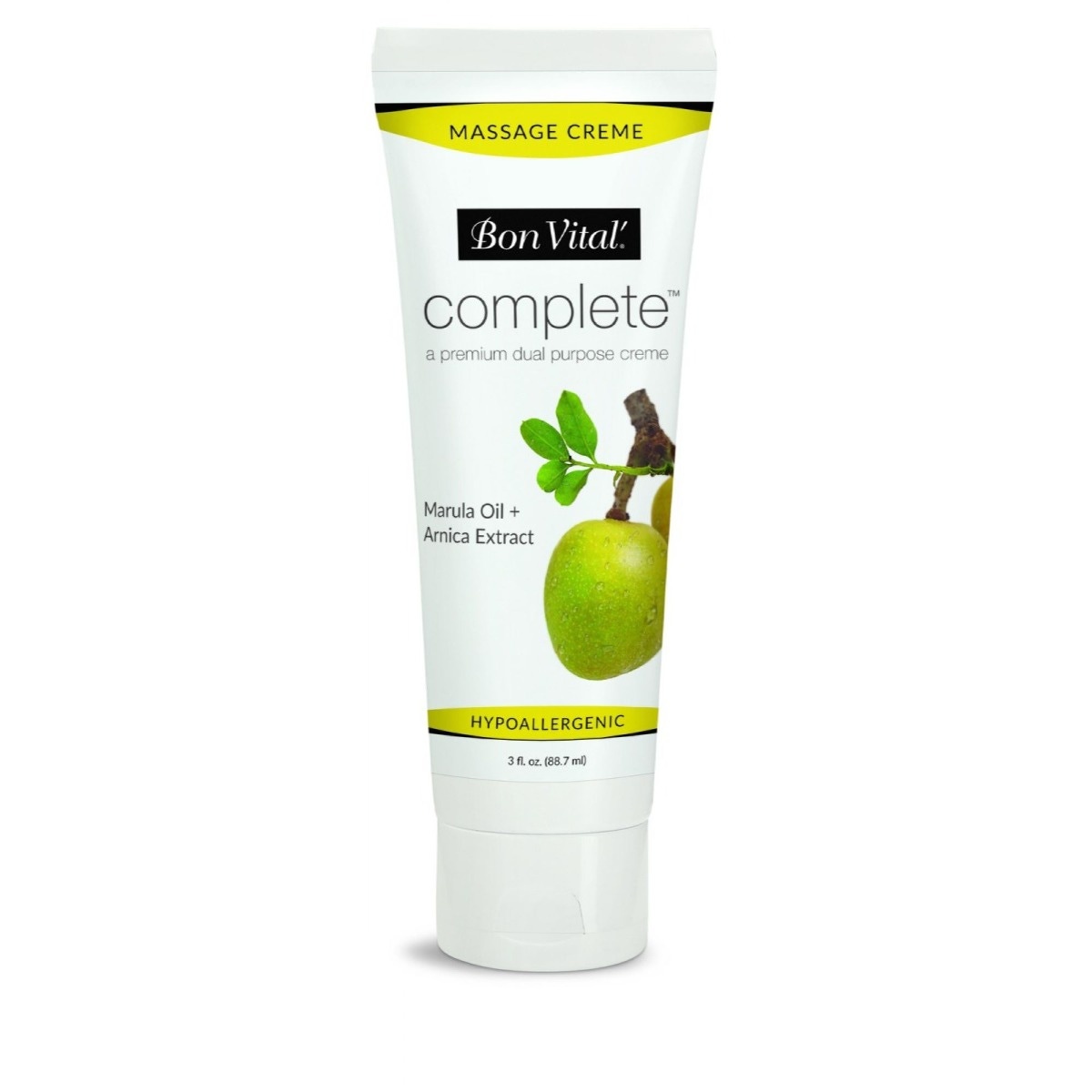
What does the research say?
Massage has been used for thousands of years. Current massage therapy is typically used to reduce muscle soreness and release stress. But does the research support it? Actually, according to Harvard Health Publishing, not many studies have been done on the effectiveness of massage.9
One existing study found massage helped reduce mental stress, but was no better than relaxation tapes. More research is needed, but Harvard Health Publishing recommends giving massage a try. It has almost no potential for harm, but it could help reduce your stress!
How do I get started?
Heading to a professional massage therapist or getting a massage at the spa is one way to relax and reduce your stress. Many massage therapists also use aromatherapy during their massages, which can help reduce your stress even more.
If you can’t afford the cost, you can get a massage at home too! Purchase some massage creme and ask your partner to give you a soothing massage. Or enjoy the benefits of a self-massage using a THERABAND® foam roller or use a Hyperice Hypersphere for a vibrating massage.
You can even enhance your spa day experience with warm, soothing paraffin wax treatments.
Prioritization
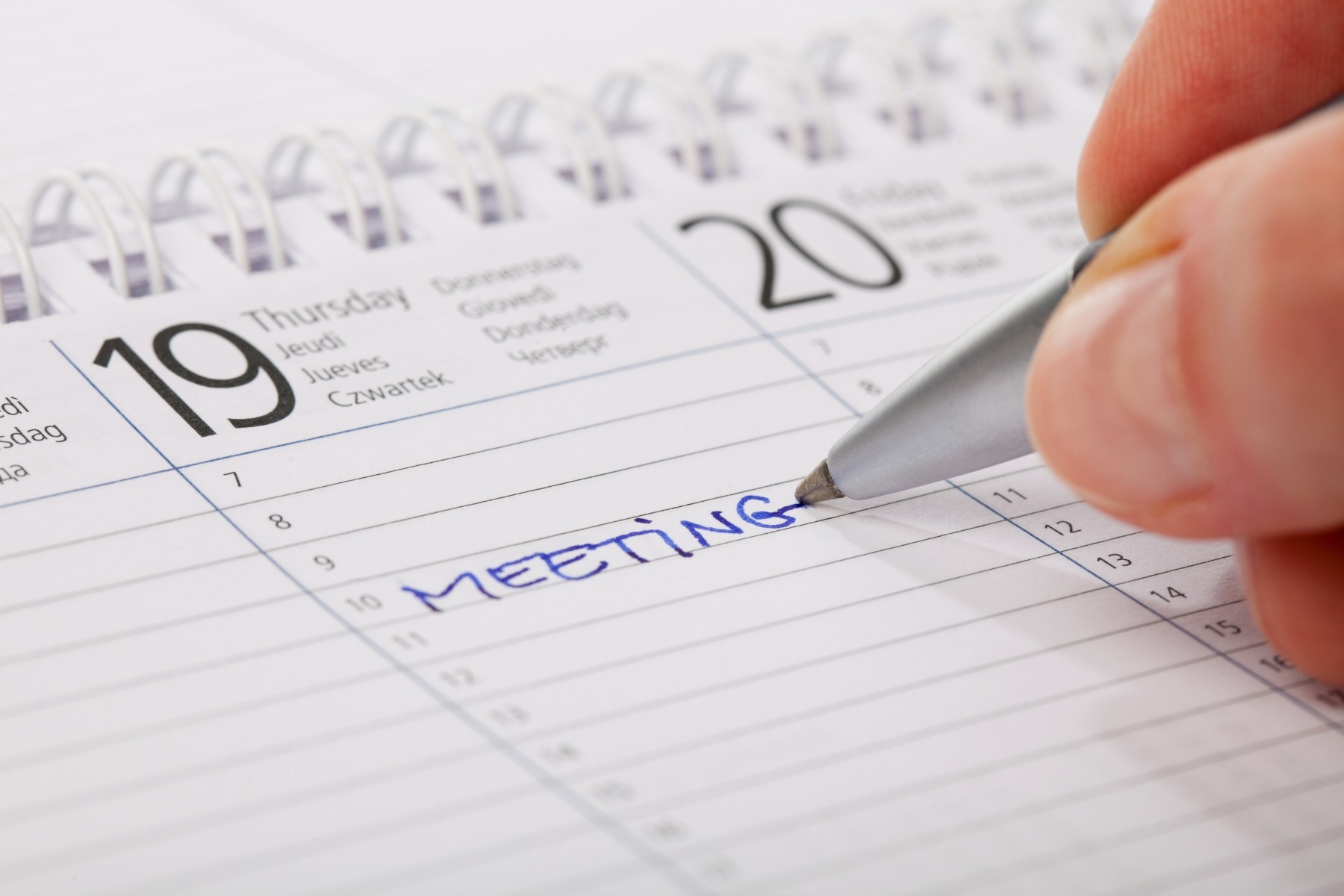
How do I get started?
Sometimes the best way to reduce your stress is to look at your schedule and commitments. Over-committing yourself can leave you feeling stressed, like you don’t have enough time to complete everything you need to do.
Re-evaluate your schedule and make the decision to invest in your priorities and accept that there may not be enough time in the day for all of your current commitments.
Don’t forget to add in time to relax and practice some of these other stress-reducing activities.
Recap
Start reducing your stress by following these seven suggestions. If you feel your stress is chronic, interfering with your daily life, or may be anxiety, talk to a medical professional for additional treatment options.
References
- Marchand W. R. (2012). Mindfulness-based stress reduction, mindfulness-based cognitive therapy, and Zen meditation for depression, anxiety, pain, and psychological distress. Journal of Psychiatric Practice, 18(4), 233–252. Retrived from https://bit.ly/3VHPA81.
- Stalvey, Sheryl and Heather Brasell. (2006). Using Stress Balls to Focus the Attention of Sixth-Grade Learners. ERIC. Retrieved from https://bit.ly/2MrlhAe.
- Sayorwan, W., Siripornpanich, V., Piriyapunyaporn, T., Hongratanaworakit, T., Kotchabhakdi, N., & Ruangrungsi, N. (2012). The effects of lavender oil inhalation on emotional states, autonomic nervous system, and brain electrical activity. Journal of the Medical Association of Thailand, 95(4), 598–606. Retrieved from https://bit.ly/3Zfdyuy.
- Navarra, M., Mannucci, C., Delbò, M., & Calapai, G. (2015). Citrus bergamia essential oil: from basic research to clinical application. Frontiers in pharmacology, 6, 36. Retrieved from https://bit.ly/3IkMwvH.
- Penedo, F. J., & Dahn, J. R. (2005). Exercise and well-being: a review of mental and physical health benefits associated with physical activity. Current opinion in psychiatry, 18(2), 189–193. Retrieved from https://bit.ly/3WPlSQ2.
- Strickland, J. C., & Smith, M. A. (2014). The anxiolytic effects of resistance exercise. Frontiers in psychology, 5, 753. Retrieved from https://bit.ly/3X6HLtS.
- Savage, B. M., Lujan, H. L., Thipparthi, R. R., & DiCarlo, S. E. (2017). Humor, laughter, learning, and health! A brief review. Advances in physiology education, 41(3), 341–347. Retrieved from https://bit.ly/3GFYZsD.
- (2021). Stress relief from laughter? It's no joke. Mayo Clinic. Retrieved from https://mayocl.in/3Z8MrRJ.
- (2006, September 1). Massage Therapy. Harvard Health Publishing. Retrieved from https://bit.ly/3GFNrWk.
- Wong, C. (2019). Mindfulness Meditation. Retrieved from https://bit.ly/2NvF5SX.
- Harvard Health Publishing. (2019). The 4 most important types of exercise. Retrieved from https://bit.ly/2mM7OKz.
- Mayo Clinic Staff. (2018). Stress Management. Retrieved from https://mayocl.in/2xrY214.
Medical Disclaimer: The information provided on this site, including text, graphics, images, and other material are for informational purposes only and are not intended to substitute for professional medical advice, diagnosis, or treatment. Always seek the advice of your physician or other healthcare professional with any questions or concerns you may have regarding your condition.







 US
US France
France Australia
Australia
